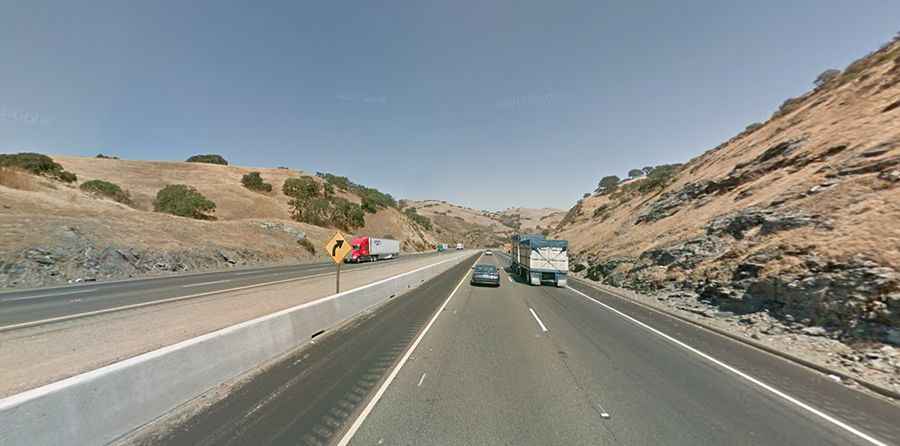The road with a dark story to Pacheco Pass in California
Pacheco Pass is a mountain pass at an elevation of 417m (1,368ft) above sea level, located in Santa Clara County, in the U.S. state of California. The road has developed a reputation for being the source of strange experiences and hauntings.

Where is Pacheco Pass located?
Tucked away in the Santa Cruz mountains, the pass separates the Santa Clara Valley and the Central Valley, in the southeastern part of Santa Clara County.
What’s Pacheco Pass named for?
The area was named after Don Francisco Perez Pacheco, who received a large land grant from Mexico that covered a vast area, including the pass for which he is named.
What highway is Pacheco Pass?
The road through the pass is totally paved. It’s called California State Route 152. The first road through the pass was built in 1856.
How long is Pacheco Pass?
The pass is 65.17km (40.5 miles) long, running west-east from Gilroy (in Northern California's Santa Clara County) to Los Banos (in Merced County in the San Joaquin Valley).
Is Pacheco Pass dangerous?
This stretch of road is reported to have the most fatal accidents in the state. As with most passes in the California Coast Ranges, it is not very high when compared to those in other mountain areas within the state. It is a road with a bloody history, as accidents plagued the road for years, with sleepy drivers returning home late at night crossing over into oncoming traffic. The road has been improved many times, but still has more than its fair share of accidents. This road is notorious for numerous accidents, along with its ghosts.
Is Pacheco Pass haunted?
It’s said to be haunted (or cursed). There are stories of supposed Indian massacres by the Spanish settlers in the 1700s. From 1860 to 1880, the pass was known as Robber's Pass due to two highwaymen who robbed, raped, and murdered travelers along the route. A “time warp” of sorts is said to occur on the road, accounting for many reports of “lost time,” strange lights illuminating the sky, and men in Old West garb and a stagecoach making the occasional appearance.